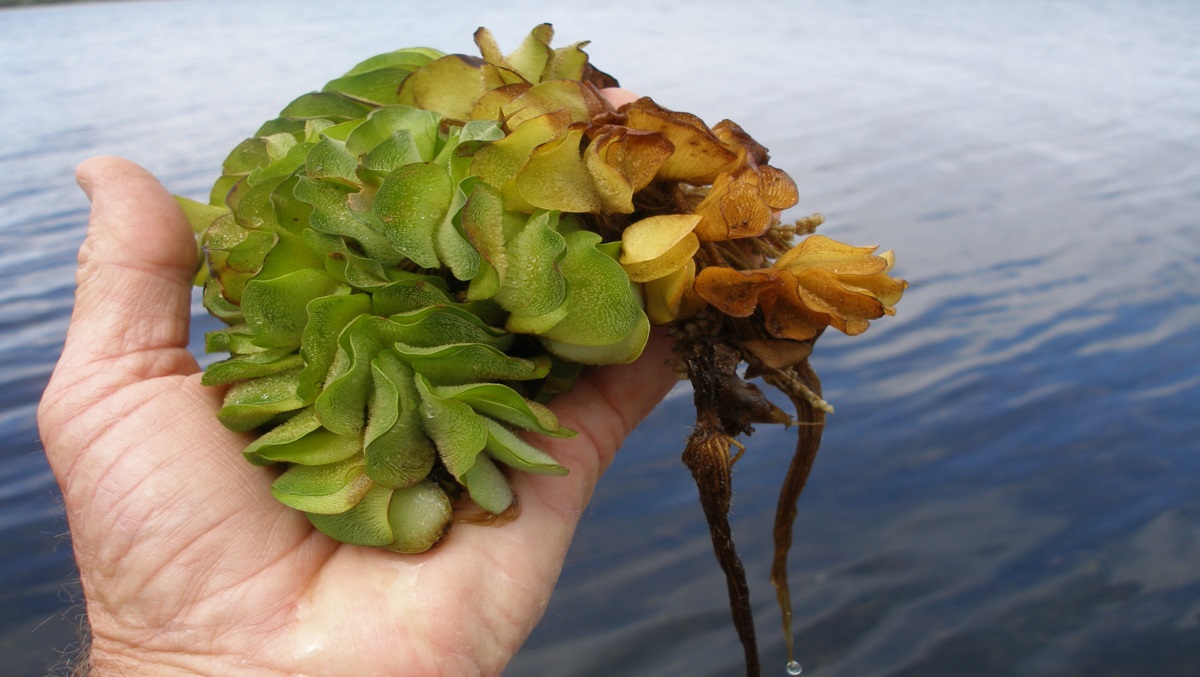Context:
Kashan style is a historic design from the Iranian city of Kashan, employed in carpet making in Kashmir. Kashmir is among the leading carpet-producing States in India and over one lakh artisans are employed by the carpet industry here.
History of carpet making in Kashmir:
- The origin of hand knotted carpets locally known as ‘Kal baffi’ dates back to the 15th century.
- It is said that Sultan Zain-ul-Abidin brought carpet weavers from Persia and central Asia to Kashmir to train the local inhabitants.
- Shah Rukh Shahi Khan, popularly known as Ghiyas-ud-Din Zain-ul-Abidin was the ninth Sultan of Kashmir, who reigned first from 1418 to 1419 and then from 1420 to 1470.
- He was famously called Budshah by his subjects.
- The Mahabharata and Kalhana’s Rajatarangini were translated into Persian by his order.
- There are different types of knots and in Kashmir the Farsi baff and the Persian system known as Sehna, or Sinneh, knot is originally used.
- Designs and patterns in Kashmir carpets continue to be predominantly inspired by classical Persian and Central-Asia rugs.
- Thus, Kashmir has been creating Kashan and Kirman, Tabriz and Isfahan, Meshed and Bokhara.
About Kashan rugs:
- Kashan rugs, renowned for their intricate designs and cultural significance, originated in Iran.
- Kashan rugs typically feature intricate medallion designs (an oval or circular design, portrait, relief carving, etc. resembling a medal in shape) at the centre.
- These rugs are renowned for their rich colour palettes. Deep reds, blues, ivories, and earthy tones are common.
- The combination of these colours adds to the rug’s allure and creates a vibrant masterpiece.
- One hallmark of an authentic Kashan rug is its fine knot density.
.jpg)

.jpg)

Comments (0)